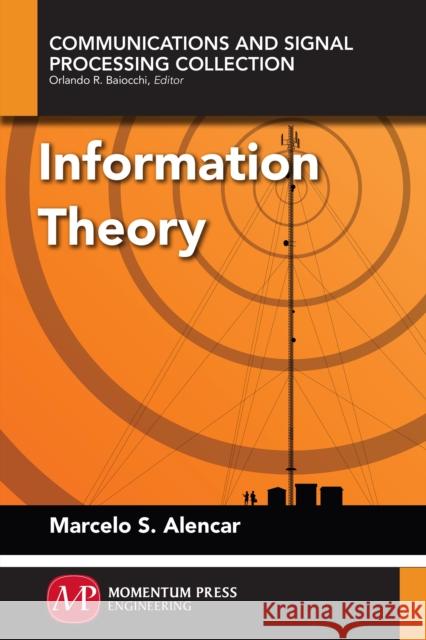Information Theory » książka
Information Theory
ISBN-13: 9781606505281 / Angielski / Miękka / 2014 / 175 str.
Information Theory is fundamental to several areas of knowledge within engineering, computer science and mathematics, as well as many other educational disciplines. Within electrical engineering, information theory is a prerequisite to several sub disciplines including communication systems, transmissions techniques, error control coding, estimation and digital signal processing. Information Theory will be a self-contained book, designed to be either a stand-alone or supplemental text for advanced undergraduates or beginning graduate students in electrical engineering, computer engineering or mathematics and applied physics. The book will also serve as a refresher or primer for graduate students who need a refresher on these basic concepts in order to succeed in advanced courses. The book begins with the historical evolution of information theory, then moves on to introduce the basic concepts of set theory, measurement theory, the axiomatic theory of probability, entropy concepts and information concepts, which are basic to a course on information theory. Appendices include Fourier transforms in one and two dimensions, and important formulas and inequalities. Worked examples and illustrations will clarify all of the theory presented throughout the book.
During the last decade we have witnessed rapid developments of computer networks and Internet technologies along with dramatic improvements in the processing power of personal computers. These developments make Interactive Distance Education a reality. By designing and deploying distributed and collaborative applications running on computers disseminated over the Internet, distance educators can reach remote learners, overcoming the time and distance constraints. Besides the necessary theoretical base provided by lectures and written materials, hands-on experience provided by physical laboratories is a vital part for engineering education. It helps engineering students become effective professionals. Such instruction not only provides the students with the knowledge of the physical equipment but also adds the important dimension of group work and collaboration. However, laboratories are expensive to setup, to maintain and provide long hours of daily staffing. Due to budget limitations, many universities and colleges can provide only limited access to such physical equipment. Therefore, it is imperative to enable remote access to a physical laboratory, either as part of an on-site or distance learning course.











